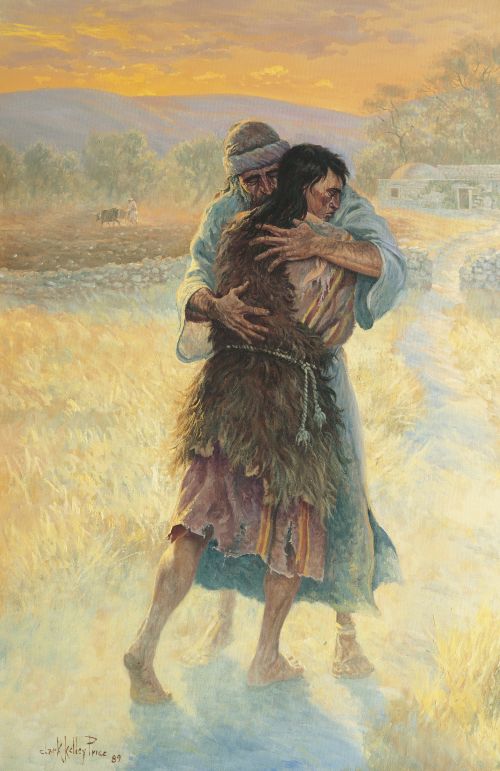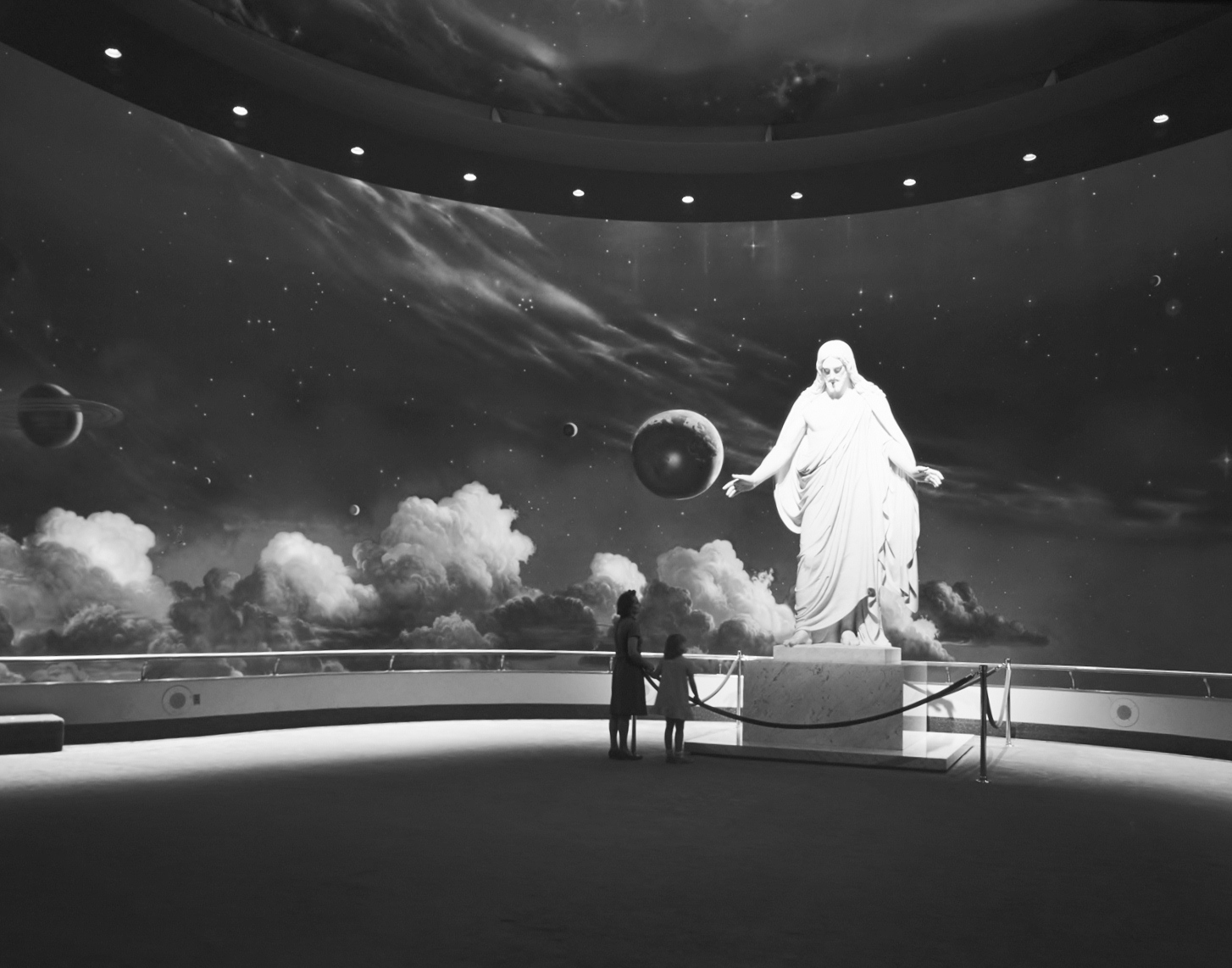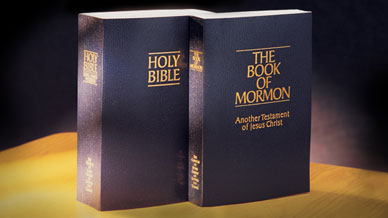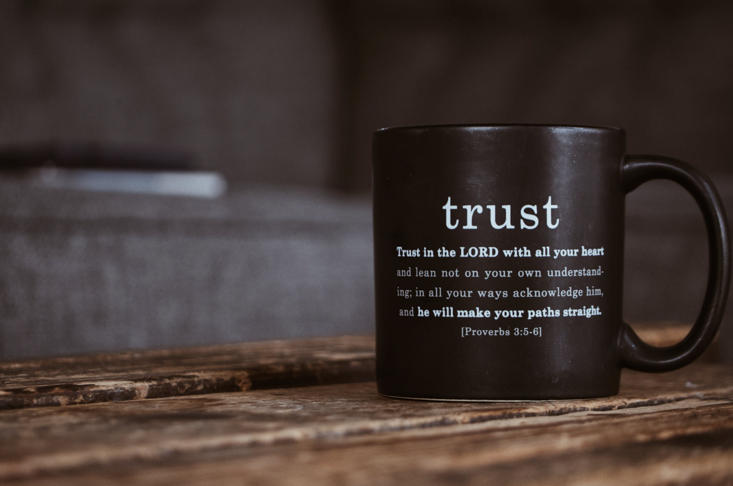On a consistent basis here at Mormon Women: Who We Are, we see that people are asking questions about Mormons and polygamy. The questions come in different ways: “Can Mormons have many wives?” “Do Mormons practice polygamy?” “What do Mormons think about polygamy?”
Television programs like “Big Love” or the newly-released reality show “Sister Wives” (as well as news stories on small polygamous groups that appear in the news on occasion) have likely contributed to the fact that this question remains on some people’s minds.
And because of the way some polygamous groups live (in compounds, separated from modern society, dressing in 19th-century attire, etc.), we also get questions such as: “Do all Mormon women have long hair?” “What do Mormon women wear?”
We wanted to share a few simple answers to the above questions in the hope that there would be less confusion about these issues.
The Church’s official site (lds.org) says the following under the index entry for “polygamy”:
“The family is ordained of God. Marriage between man and woman is essential to His eternal plan. At certain times and for His specific purposes, God, through His prophets, has directed the practice of plural marriage (sometimes called polygamy), which means one man having more than one living wife at the same time. In obedience to direction from God, Latter-day Saints followed this practice for about 50 years during the 1800s.” The Church officially stopped sanctioning the practice of plural marriage in 1890. (You can find more about the history of polygamy at the above index link.)
Polygamy was a test of faith. It was not easy for either men and women who were asked to live this commandment. Nevertheless, those affected by this commandment sought personal inspiration about whether to accept it, and where applicable, live it.
If you were to ask different LDS Church members today what they think of polygamy, you’d probably get a range of answers. Some have struggled with the fact that plural marriage is a part of Mormon history. Others accept is as a part of our history. Some will give their personal ideas for why it existed, with opinions differing, even among historians. (Links above to lds.org and mormon.org’s FAQ explain some possible reasons.) Some people are personally descended from early LDS polygamists; their answers may have yet another slightly different flavor to them. (Read one such perspective in “Ask a Mormon Woman: “What do you think about polygamy?”)
Where discomfort does exist, it’s understandable to the degree that such discomfort acknowledges that monogamy is the rule in God’s commandments. “The Lord’s law of marriage is monogamy unless he commands otherwise….” (see Encyclopedia of Mormonism Vol. 3, pp. 1091-1095, quoted in another official Church answer in the FAQ on polygamy at mormon.org). President Gordon B. Hinckley stated, polygamy is “against the law of God.” This is true “[e]ven in countries where civil or religious law allows [the practice of a man having more than one wife] (“What Are People Asking about Us?” Ensign, Nov. 1998, 72). Any marriage must be monogamous in order for individuals to qualify for Church membership.
But we would hope that any such discomfort not be allowed to cloud the broader perspective and understanding about who we are, what we believe, and how we live as Mormons. Our faith as members of The Church of Jesus Christ of Latter-day Saints centers on the Savior and His role in God’s plan of happiness for His children. We try to follow the Savior and incorporate and live His teachings. We value marriage between a man and a woman as a critical part of that plan.
You likely cross paths with Mormons in your day-to-day life in your communities, places of employment, grocery stores, schools, and other places. We wear modest but very typical attire for the countries and cultures in which we live. Our hairstyles vary widely (short, long, curly, straight…). Our life circumstances vary as well.
And let us be clear that the only time you might see us in old-fashioned dresses is when we are re-enacting moments from early Church history. 🙂
A final note: When we study or celebrate our history, we usually don’t talk much about polygamy, because in reality, polygamy is not what defines (or at least shouldn’t define) what our history is all about. We study our history to understand more about how a deep faith in the Savior can help us face our trials and tests, and can fill our lives with joy as we seek to serve the Lord and those around us.













Whilst I appreciate that modern monogamous LDS Church Mormons may wish to draw a distinction between them and polygamous Mormon Fundamentalists (as the Encyclopedia of Mormonism calls them), yet by stressing the focus members have on the Savior it could be seen as implying that Fundamentalists do not share the same beliefs in Jesus.
Scholars and historians called them Mormon Fundamentalists for the reason that they have carried on many Mormon traditions, such as a belief in the same scriptures, some of the same latter-day prophets, and continue the same beliefs as their pioneer ancestors had. This would include a reverence for and devotion to the Savior.
Inasmuch as the writers may fear their faith being mis-characterized they must be careful not to do the same to others. The majority of these modern polygamists do not wear old fashioned clothing, nor participate in arranged marriages. They may be your doctors, school teachers, class mates or colleagues.
One line that was worrying for me particularly was that “Any marriage must be monogamous in order for individuals to qualify for Church membership.” Are we saying that those men and women who have entered into such marriages, with good intentions, in foreign countries where this is legal, are not eligible for the ordinances of salvation in this life? That this is an unrepentable sin, or one which can only be repented of with the abandonment of part of ones family?
Lorenzo,
Thank you for stopping by and sharing your thoughts. Here are a few responses in return.
Inasmuch as the writers may fear their faith being mis-characterized they must be careful not to do the same to others.
This was not the intent at all of our post. Our purpose was simply to clarify what *we* do and don’t believe and what we hope to be understood about us in terms of who we are, what we believe, and how we live.
The majority of these modern polygamists do not wear old fashioned clothing, nor participate in arranged marriages.
I understand the need to clarify this; the reason clothing was mentioned is simply because people ask about it and do confuse Mormon women with those so dressed.
Your last paragraph poses a difficult situation to be sure, but this is the standard right now of the Church that one cannot be practicing plural marriage and be a member of the Church. That is not the same as saying it’s unrepentable sin, however. Having never dealt personally with such a situation, we’re not sure what kind of specific discussions would happen, but we are confident in the Lord’s ability to take everything in someone’s life into consideration when the time comes for judgment. God’s mercy and justice are what will ultimately come into play in difficult situations. But as for the Church’s role now, it wouldn’t be doing someone a service by condoning the continuation of a violation of the law of chastity and the law of marriage. The ordinances of salvation are inextricably tied to the covenants made with their reception and renewal; they should only be entered into when a person is ready and able to keep them.
This is an interesting post and a HUGE mormon issue. Mormons STILL believe in the law of plural marriage…just in the here after. I have friends that prove it… with the fact that a MAN can be sealed to MORE than one wife (as my friend is as his first wife passed away…and he was sealed to his 2nd new wife) But if a WOMAN’S first husband passes away..she CAN NOT be sealed to another man. (As my brother is with his new wife who was a widow)
The mormons oppose gay marriage, which the have every right to, despite the fact it is gaining ground for passage into law. Once gay marriage becomes law…or “alternative marriage” guess what…polygamy is next on the list of “alternative marriage”..and there is NOTHING the mormon church can do to stop it. What will the LDS church do then? The Prophet that discontinued the practive did so saying the church would be destroyed…because of the laws of the land. If this comes back into law…mormons will see their membership fall as they will have no choice but to embrace the ORIGINAL covenant..and ETERNAL covenant they STILL believe in today! Get out the popcorn..it is going to fun to watch.
Craig,
I’m going to start from the bottom up here from your comment.
Your comment presupposes that the Church would choose to change its position on monogamous marriages being required for membership. I’m not sure there is any evidence or reason to believe that would be the case. If anything, I think there is compelling evidence to suggest that we may be among those who reject this direction if things ever got to that point.
But one of the things I love most about being LDS is that in the end, I don’t have to guess what might happen. I can just watch and listen to our leaders and trust in what they teach. Having a conviction that they will lead us aright makes it a lot easier to allow some of the things I don’t fully understand not to take too much of my energy and focus from the core of our faith — Jesus Christ and His role in God’s plan for our salvation and exaltation — and what He is asking us to do NOW to follow Him. Not what He used to ask, not what He might ask, but what He is asking now through His prophets.
Also, please bear in mind that anecdotes aren’t necessarily proof. The sealings situation is a bit more nuanced than what you have noted here, although your point is well taken that there are some who have been sealed to more than one person.
However, it still holds that monogamy is the rule as taught in the scriptures and through our living prophets today. I see no evidence in our teachings that polygamy was or is the the original or eternal covenant.
Most people in the Church are sealed, if they are sealed, to only one spouse for time and for eternity. In my mind, the exceptions do not prove anything except that there are exceptions — which also underscores the fact that we don’t know or understand everything about how things will work in the next life.
Actually, as I noted, we don’t even know how they will unfold in the next year or the next decade or…. 😉
It is my firm belief that we know enough to know that God is good and that all that He does, has done, or will do will be for our good. In the end, we really are always, as President Benson, a former prophet, once said, backed up against the wall of faith.
~Michelle
Michelle,
In reference to your comment that you see no evidence in our teachings that polygamy was or is the original or eternal covenant, simply read Doctrine and Covenants section 132!!!!!!!!! OUCH
Pam, I understand your thought process here, and I know Doctrine and Covenants 132 makes some people squirm, but I think there is more to it than just talking about plural marriage. I’ve read it many times, and considered the interpretation given by our leaders and in our Church materials, and I just read it as being more broad than what you are suggesting.
For example, the “new and everlasting covenant” is not polygamy. It is defined well here and here.
Here’s a quote from one of those references:
President Joseph Fielding Smith defines the new and everlasting covenant in these words:
What is the new and everlasting covenant? I regret to say that there are some members of the Church who are misled and misinformed in regard to what the new and everlasting covenant really is. The new and everlasting covenant is the sum total of all gospel covenants and obligations. (Joseph Fielding Smith, Doctrines of Salvation, 3 vols. [Salt Lake City: Bookcraft, 1954–56], 1:156; hereafter cited as Doctrines of Salvation.)
This covenant includes all ordinances of the gospel—the highest of which are performed in the temple. To quote President Smith again:
Now there is a clear-cut definition in detail of the new and everlasting covenant. It is everything—the fulness of the gospel. So marriage properly performed, baptism, ordination to the priesthood, everything else—every contract, every obligation, every performance that pertains to the gospel of Jesus Christ, which is sealed by the Holy Spirit of promise according to his law here given, is a part of the new and everlasting covenant. (Doctrines of Salvation, 1:158.)
Also, as I noted in the post and elsewhere, I think there is sufficient evidence in scripture and in the practice of the Church, both past (i.e., polygamy was not practiced by nor required of all members in the early restored Church) and present) that supports the notion that polygamy is not the primary rule for marriage. I see it as the exception, and monogamy the rule.
I encourage you to search on lds.org about marriage, about the new and everlasting covenant, to understand more about the doctrine discussed in Doctrine and Covenants 132. Again, I don’t think that section can be understood without considering context, and teachings , practices, and commandments of the Church today. Be sure to also read Jacob 2, 1 Timothy 3:2, 12, Titus 1:6, and Doctrine and Covenants 49:16…all of which talk about having one wife.
Also, if you consider the language of Doctrine and Covenants 132, there wouldn’t be a need for specific commandments or permission for plural marriage if that was already the original law given. Although I don’t agree with the full article, V.H. Cassler explores some of this notion in her essay here: http://squaretwo.org/Sq2ArticleCasslerPolygamy.html